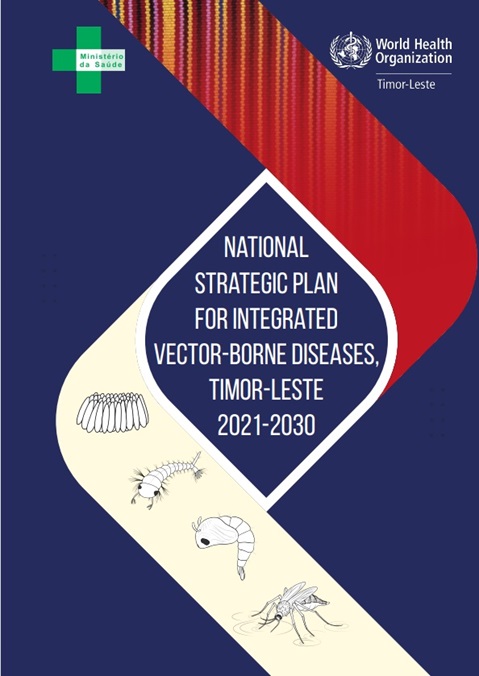National strategic plan for Integrated Vector-borne diseases,Timor-Leste2021-2030
11 December 2023
| Country mission

Overview
An analysis of the malaria situation in Timor-Leste reveals that the disease has largely been contained to cross-border areas. The decrease in malaria cases over time is attributable to political commitment, universal access to malaria diagnosis, treatment, and prevention, improved surveillance and response mechanisms, quality control of malaria microscopy, behaviour change communication (BCC), the deployment of trained and dedicated malaria staff, strong technical guidance, and funding from organizations such as The Global Fund, Rotarians Against Malaria (RAM), and the WHO. However, the notification of cases in 2020 revealed a few indigenous and imported cases, which is concerning for certification of elimination.
Dengue and lymphatic filariasis are also pressing public health concerns in the country, with a rising trend of cases. To address these issues, it is necessary to bolster follow-up on these cases, entomological surveillance, and preventive measures. Timor-Leste must plan and implement comprehensive services via a skilled and dedicated workforce in partnership with all stakeholders. This approach will ensure sustainable, efficient, and quality interventions to eradicate VBDs.
WHO Team
Timor-Leste
